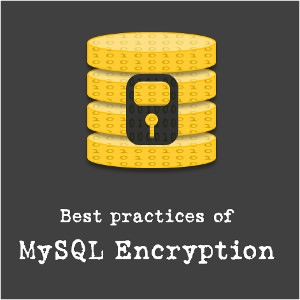Linux Managing DNS Servers (LPIC-2)

Pluralsight
Course Summary
Getting you ready for the LPIC-2 202 exam, we concentrate in detail upon Objective 207. Ensuring you know all there is to know about DNS, we configure a BIND Master of Ubuntu and the Slave on CentOS as well as configuring PowerDNS and DNSMasq. Not to leave you short changed, we also look at security and sign zones with DNSSEC.
-
+
Course Description
This course makes up the first in a series looking at the LPI's LPIC-2 202 exam and covers in detail objective 207. This is most certainly a great resource for those preparing for the exam but, additionally, this has been written to be the definitive course on using DNS in Linux. We make sure that the advanced topics for the exam are covered and we see this both on CentOS and Ubuntu systems. We cover BIND 9, DNSMAsq, and PowerDNS. In today's workplace, security has to be taken seriously and, in the module titled "Configuring DNS Security," we cover TSIG keys as well as setting up signed zones with DNSSEC.
-
+
Course Syllabus
Introduction- 10m 53s
—Course Introduction 5m 46s
—DNS Server in 30 Seconds 3m 39s
—Summary and What's Next 1m 27sUnderstanding DNS- 30m 4s
—Introducing DNS Management 2m 17s
—Server Configuration Files 5m 35s
—Understanding Zone Files 5m 4s
—Chrooting DNS 3m 22s
—Controlling the DNS Server 4m 59s
—Additional Tools 5m 21s
—Summary and What's Next 3m 23sInstalling BIND- 22m 20sCaching Nameserver Using DNSMasq- 18m 25sClient Tools Resolving DNS Issues- 24m 17sExtending DNS to Host Zones- 30m 27sTroubleshooting DNS and Log Files- 38m 0sConfiguring DNS Replication- 23m 12sConfiguring DNS Security- 41m 40sConfiguring PowerDNS- 17m 16s





